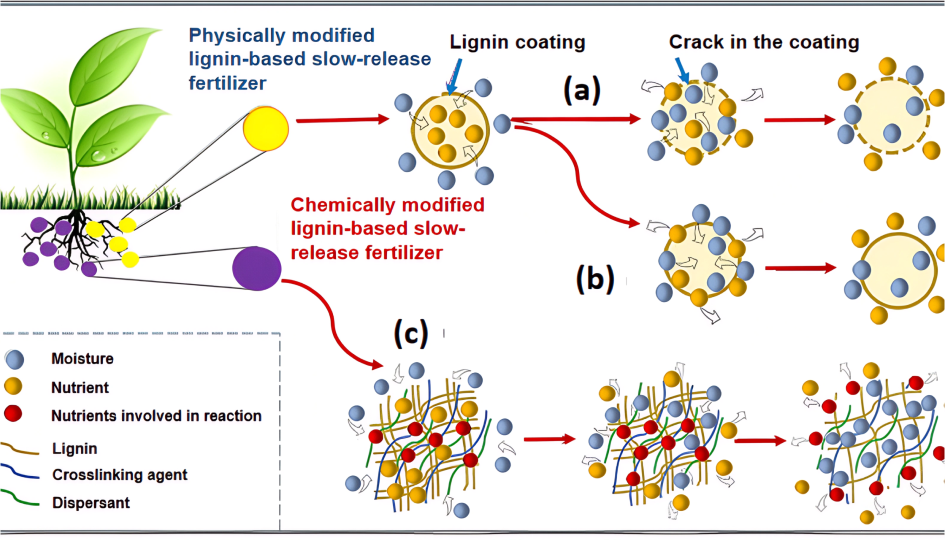Our Blog
Why Gel Fertilizers Are the Best Choice for Farming
December 30, 2024

Modern agriculture demands innovation to meet the growing global need for sustainable food production. Among the advancements making waves in farming, gel fertilizers have emerged as a game-changer. With their unique composition and benefits, gel fertilizers are reshaping how farmers nourish their crops. Let’s dive into why gel fertilizers are the best choice for farming and how they can transform agricultural practices.
1. What Are Gel Fertilizers?
Gel fertilizers are water-based, nutrient-rich substances that deliver essential nutrients to plants in a slow, controlled manner. Unlike traditional granular or liquid fertilizers, gel fertilizers have a gel-like consistency, making them easy to apply and highly efficient in nutrient delivery.
2. Advantages of Gel Fertilizers
a. Enhanced Nutrient Efficiency
Gel fertilizers release nutrients gradually, ensuring a consistent supply to plants over time. This slow-release mechanism reduces nutrient loss due to leaching or evaporation, maximizing the fertilizer’s efficiency.
b. Water Retention Capabilities
Gel fertilizers help retain moisture in the soil, which is particularly beneficial in arid or drought-prone regions. This property not only reduces water consumption but also supports plant growth during dry spells.
c. Eco-Friendly and Sustainable
Their precise nutrient delivery reduces the risk of over-fertilization, which can harm the environment. By minimizing runoff into water bodies, gel fertilizers support sustainable farming practices.
d. Improved Root Development
The gel structure allows nutrients to be absorbed directly by plant roots, fostering healthier root systems. This leads to stronger plants and better yields.
e. Ease of Application
Gel fertilizers are easy to apply using conventional farming equipment. Their consistency ensures uniform distribution across the field.
3. Ideal Crops for Gel Fertilizers
Gel fertilizers can be used for a wide variety of crops, including:
- Vegetables like tomatoes, cucumbers, and peppers.
- Fruits such as strawberries, melons, and citrus.
- Grains like wheat and rice.
- Flowers and ornamentals for commercial or personal gardening.
4. How Gel Fertilizers Compare to Traditional Fertilizers
| Feature | Gel Fertilizers | Traditional Fertilizers |
|---|---|---|
| Nutrient Release | Slow and controlled | Fast and uneven |
| Water Efficiency | High | Low |
| Environmental Impact | Low | High (risk of runoff) |
| Cost-Effectiveness | Long-term savings | Short-term savings |
5. Future of Farming with Gel Fertilizers
As the world moves toward more sustainable farming practices, gel fertilizers are expected to play a vital role. With advancements in technology, farmers can now enjoy a solution that not only enhances crop productivity but also aligns with environmental goals.
Conclusion
Gel fertilizers are more than just a trend—they’re a practical, sustainable, and innovative solution for modern farming challenges. By enhancing nutrient efficiency, conserving water, and promoting healthier crops, they provide a significant edge over traditional fertilizers. Embracing gel fertilizers is not only a step toward better yields but also a commitment to sustainable agriculture.
Invest in gel fertilizers today and harvest the benefits of a greener future. 🌱

